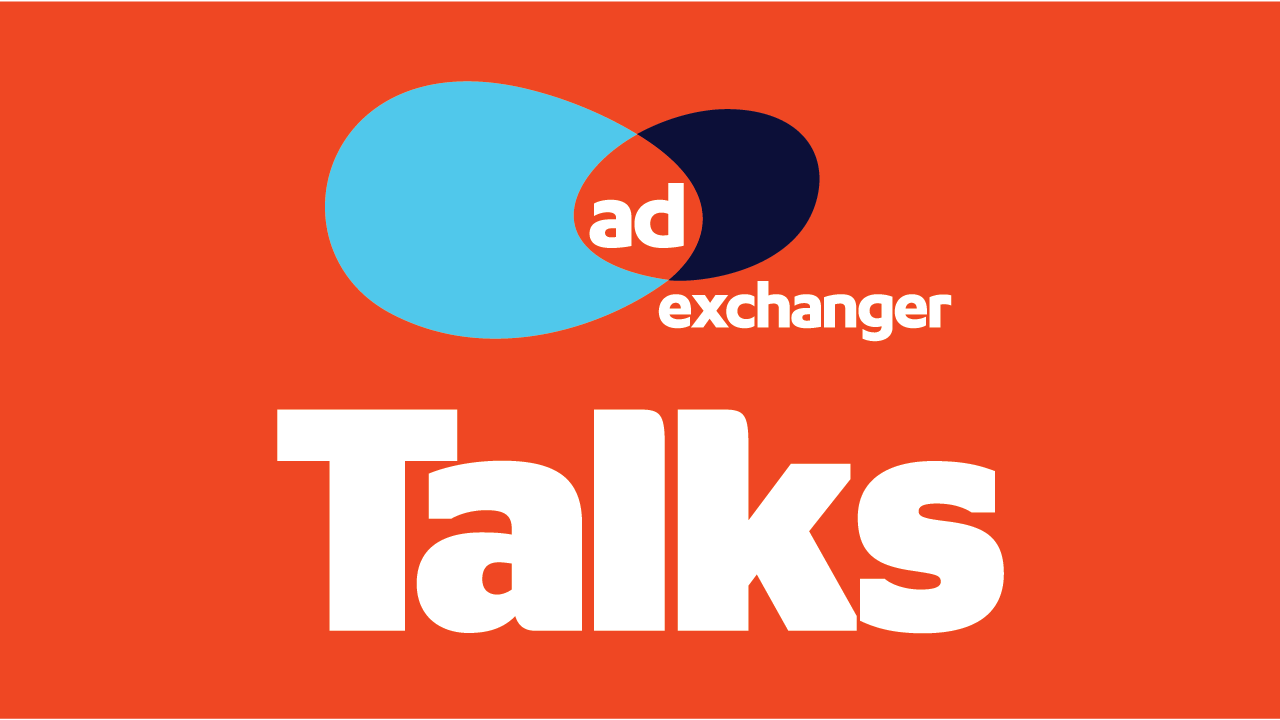
Here’s today’s AdExchanger.com news round-up… Want it by email? Sign up here.
Sean Muller had very little knowledge of television when he launched iSpot.tv six years ago.
Rather, he had an aha moment while Googling information about commercials seen while watching TV with his wife. It was impossible, or nearly so, to easily locate data such as the actors, music or products featured in a given ad.
“I would not find any information about these ads,” Muller says in the latest episode of AdExchanger Talks. “I couldn’t figure out how a $70 billion advertising industry was completely devoid of information in an age where you could find information about anything. I kept looking at the search volumes for TV advertising, and they were really large.”
That insight led to a proof of concept and the development of software that could listen to TV feeds, catalog ads and populate data fields within a taxonomy. They published the interface on the open web. Literally anyone could search it.
TV buyers and networks quickly came knocking.
“As it turned out, the entire $70 billion industry was trading on fairly rudimentary data that was delayed and not easily connectable to anything else, such as an outcome,” Muller says.
ISpot.tv’s first product was a competitive intelligence product, a data asset it licensed for $1,500 a month. Today, it offers an analytics suite that can link TV ad data to specific marketer outcomes, such as a website visit or purchase or to the marketing stack.
“What’s happening today with TV is what happened over the last six years with digital,” he says. “With digital, it was very easy to have transparent data, it was very easy to measure and it was very easy to bring in house.”
Also in this episode, Muller talks about a looming privacy issue for the new wave of TV measurement providers.
Among the ways iSpot.tv collects its live commercial data is through partnerships with TV manufacturers. When consumers set up certain televisions equipped with data-gathering capabilities, they receive a notification and opt-in for those features.
“It has to be explicit,” Muller says. “We don’t play games.”
But he doesn’t think the same is true for “listening” technologies embedded in set-top box systems.
“Nobody ever consented to have their set-top box data collected and used,” he says. “It goes back to clear consumer consent. We do believe consumer consent should be explicit and you should be very open in what you’re doing. If you’re not open, there’s a reason for it.”
This post was syndicated from Ad Exchanger.

More Stories
Google’s Ad Network Biz Dips, But Search Brings Home The Bacon
Cheuk Chiang joins Bastion as agency eyes major growth
Telemundo Takes Upfront to the Next Level With SNL’s Marcello Hernández